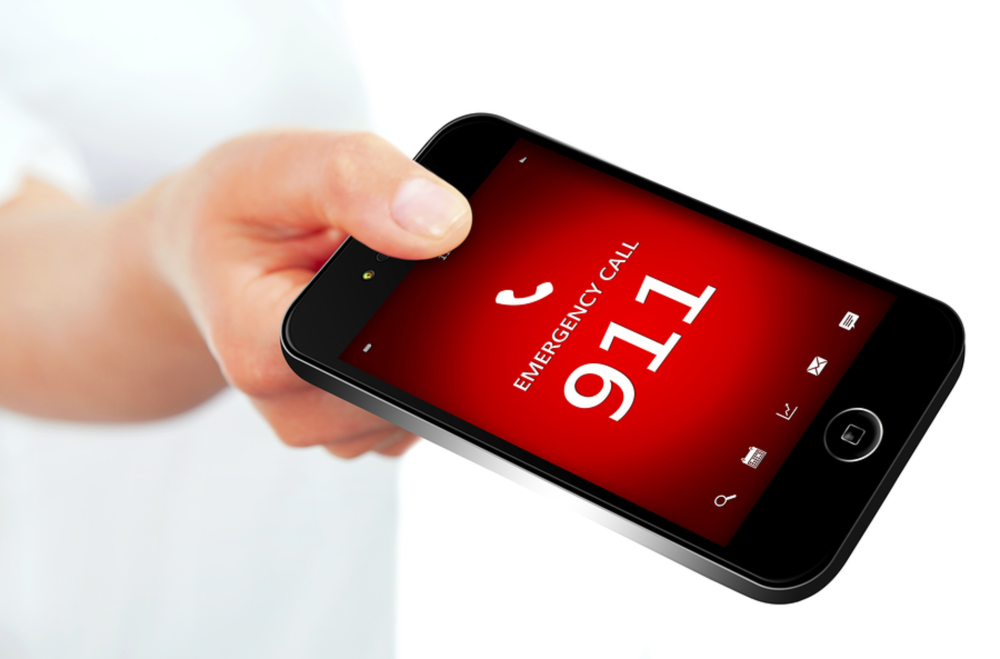Customer experience has a direct impact on loyalty. That impact isn’t always positive. Too much email that’s impersonal or irrelevant—that’s a marketing-driven customer experience that could lead to churn. Spot-on targeting with contextually relevant messaging can surprise and delight customers and get them to stay longer, buy more, and advocate.
It seems, however, that customers aren’t particularly delighted with some brands right now. According to Forrester Research, customer experience (CX) scores for the majority of brands have barely held steady or have declined. The research firm’s “2015 U.S. CX Index” study found that CX scores were virtually unchanged for 69% of the brands it tracks; only seven brands’ scores improved.
Forrester “isn’t ready to call 911 just yet,” but did sound a few warnings:
> Of the 18 industries that Forrester tracks, scores in 15 of them dipped since Forrester’s round one study, its prior CX report. Three industries—banking, auto and home insurance, and hotels—held steady.
> Only 15% of brands covered received “good” scores, a drop from 26%.
> “Excellent” scores remain scarce, with just 1% of brands receiving those high marks.
> Even brands that are typically well-known for feeling the customer love saw their CX scores drop. Among them: Amazon, Charles Schwab, Discover HSN, JetBlue, PNC Bank, and Zappos.
Despite customers’ tough love, some brands bubbled to the surface as ones to watch. Perennial top-performer USAA retained its stellar position. JetBlue’s precipitous drop (possibly due to its adoption of checked-bag fees, Forrester suggests) shed some positive light on Southwest and Virgin America. Three regional banks—Huntington National Bank, Regions Bank, and SunTrust Bank—saw their CX score rise to on par with leaders USAA and Ally Bank. Round-one high scorers Hallmark Cards, Lexus, and QVC proved that they have what it takes to retain customers’ affection. And, ironically, Virgin Mobile US—with the top CX score in the wireless industry—far outperformed parent company Sprint.
So, what does it take to keep today’s demanding customers happy? Along with relevancy and a personal touch when it comes to marketing:
Think positive. On average, the 299 brands covered in this study delivered seven positive experiences for every negative one. Comparatively, top performers delivered 24 positive experiences for each negative one.
Get emotional. Consumers are more apt to recall negative experiences, according to Forrester. Making emotional connections helps to ensure more positive experiences. Forrester recommends empathy-building rituals such as USAA employees reading letters from deployed military personnel to get a more direct view into how much they worry about family back home.
Measure right. Not all CX scores are created equal. Forrester suggests that marketers track the variables that will enable them to determine the CX quality for high-value customers. Resist the temptation to make CX changes that address the wrong audience.
This post is part of the Customer Experience Professionals Association’s Blog Carnival “Celebrating Customer Experience.” It is part of a broader celebration of Customer Experience Day. Check out posts from other bloggers here. See more at: http://cxday.org








